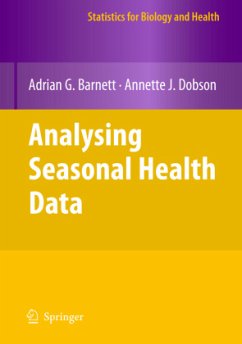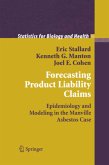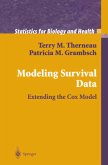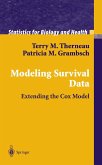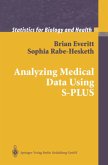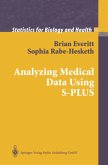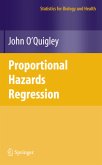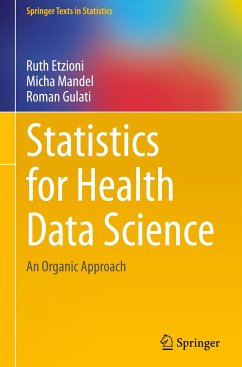Seasonal patterns have been found in a remarkable range of health conditions, including birth defects, respiratory infections and cardiovascular disease. Accurately estimating the size and timing of seasonal peaks in disease incidence is an aid to understanding the causes and possibly to developing interventions. With global warming increasing the intensity of seasonal weather patterns around the world, a review of the methods for estimating seasonal effects on health is timely.
This is the first book on statistical methods for seasonal data written for a health audience. It describes methods for a range of outcomes (including continuous, count and binomial data) and demonstrates appropriate techniques for summarising and modelling these data. It has a practical focus and uses interesting examples to motivate and illustrate the methods. The statistical procedures and example data sets are available in an R package called 'season'.
This is the first book on statistical methods for seasonal data written for a health audience. It describes methods for a range of outcomes (including continuous, count and binomial data) and demonstrates appropriate techniques for summarising and modelling these data. It has a practical focus and uses interesting examples to motivate and illustrate the methods. The statistical procedures and example data sets are available in an R package called 'season'.
From the reviews: "This book is aimed at both non-statistical researchers and statisticians, and it is presented as 'the first book on statistical methods for seasonal data for a health audience'. ... this is a useful book on an important subject and I would recommend it to anybody interested in the analysis of seasonal data." (Mario Cortina Borja, Significance, June, 2011) "The authors are to be commended on a useful and clear introduction to seasonal health data analysis. The text will be helpful to statisticians, particularly in combination with the associated R package 'season', which will encourage them to test their own preferred methods in context and assist in teaching seasonal modelling." (Malcolm Hudson, Australian & New Zealand Journal of Statistics, Vol. 53 (3), 2011)

